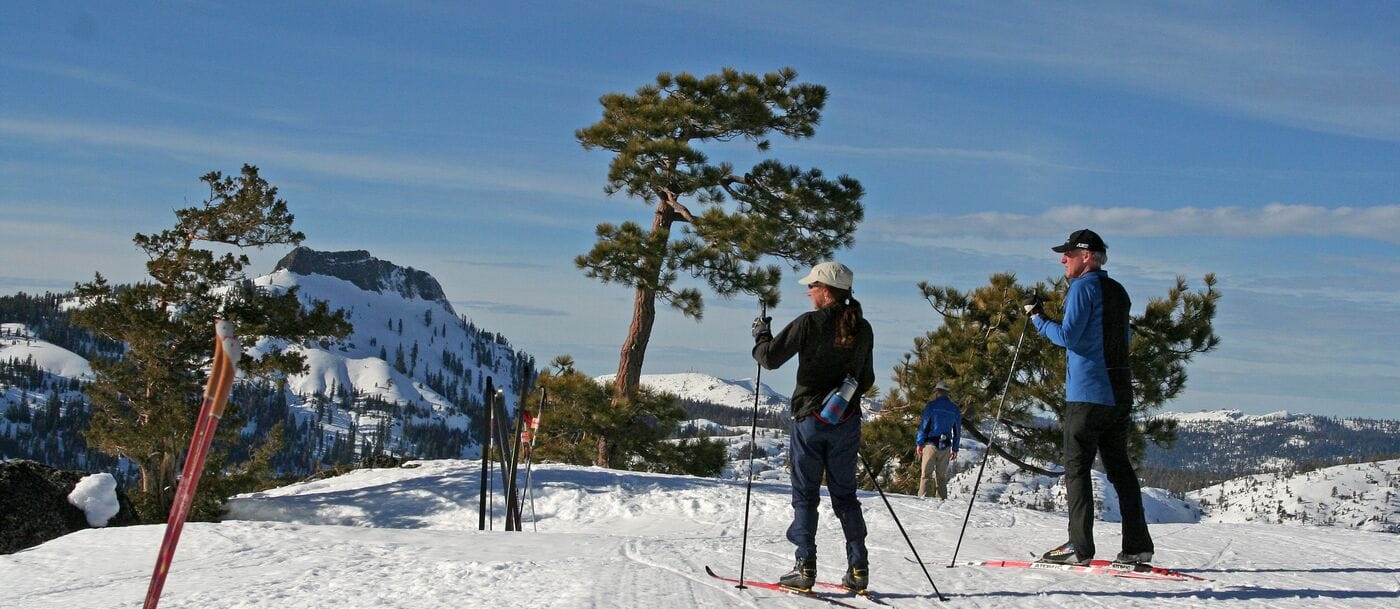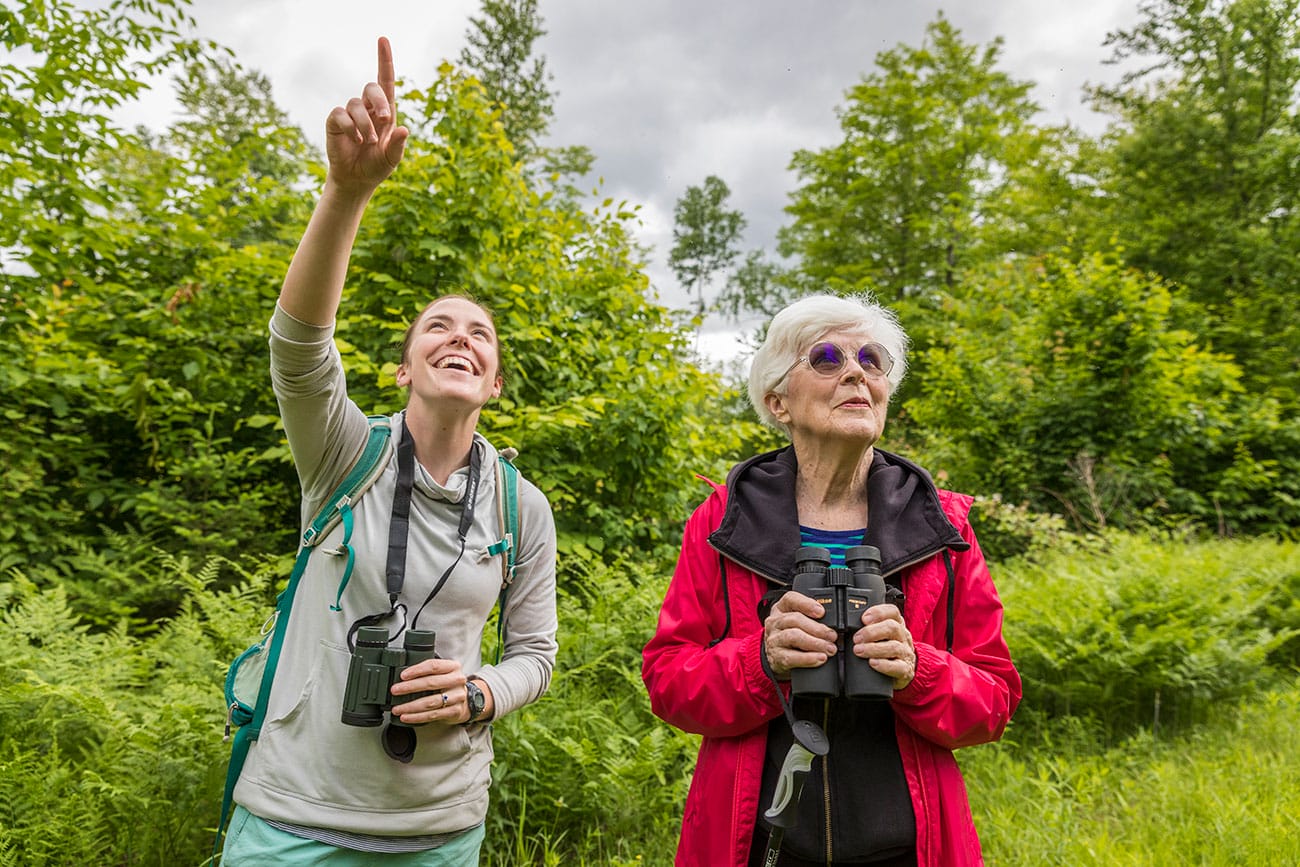
Twin Cities tie!
Twin Cities tie!
Trust for Public Land ParkScore® Index, unveiled today. Combining factors of park acreage, amenities, and access, the index gives planners—and the people they serve—a picture of where there's work to be done to provide city-dwellers with the green space they need.
This year's debut of 15 additional cities saw St. Paul join Minneapolis in a tie for best U.S. park system. If you expected lush Portland or outdoorsy San Francisco in the top spot, that's no surprise—but though coastal folk may not know it, the Midwest is packed with successful city parks. Here are five ways the Twin Cities are doing it right.
1. People-powered transit
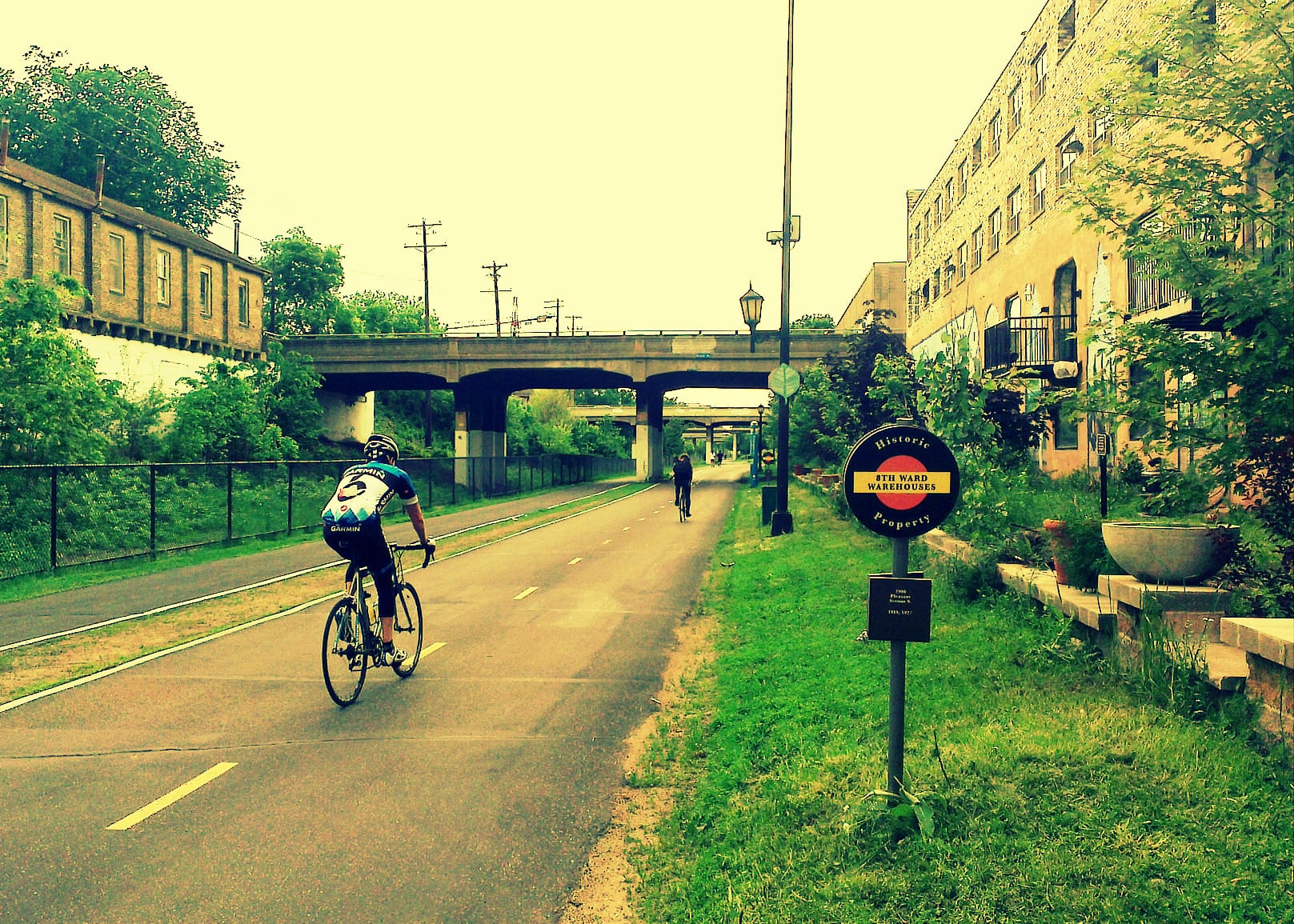
In Minneapolis, the nearly six-mile-long Midtown Greenway hosts more than 1.5 million bicycle trips per year. A former rail line, the greenway is largely separated from car traffic—making it a fun (and often faster!) way to get to work as well as an easily accessible option for exercise.
2. Creative flair
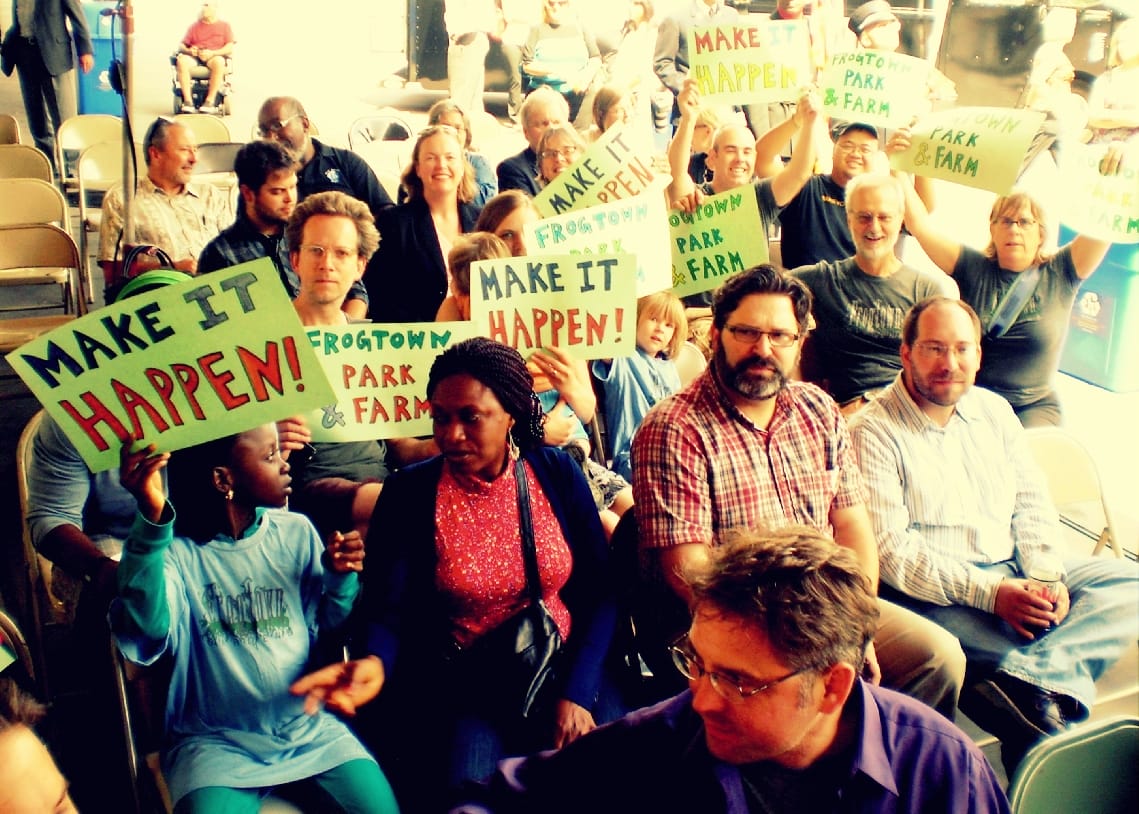
In the best city parks, art's not just an afterthought: it's as much a part of the planning process as permits and landscaping. At Frogtown Park and Farm in St. Paul, neighbors are using a creative placemaking approach to build a one-of-a-kind green space that combines community art and agriculture. (Curious? Get the full story in the fall/winter 2014 issue of Land&People magazine.)
3. A sense of history
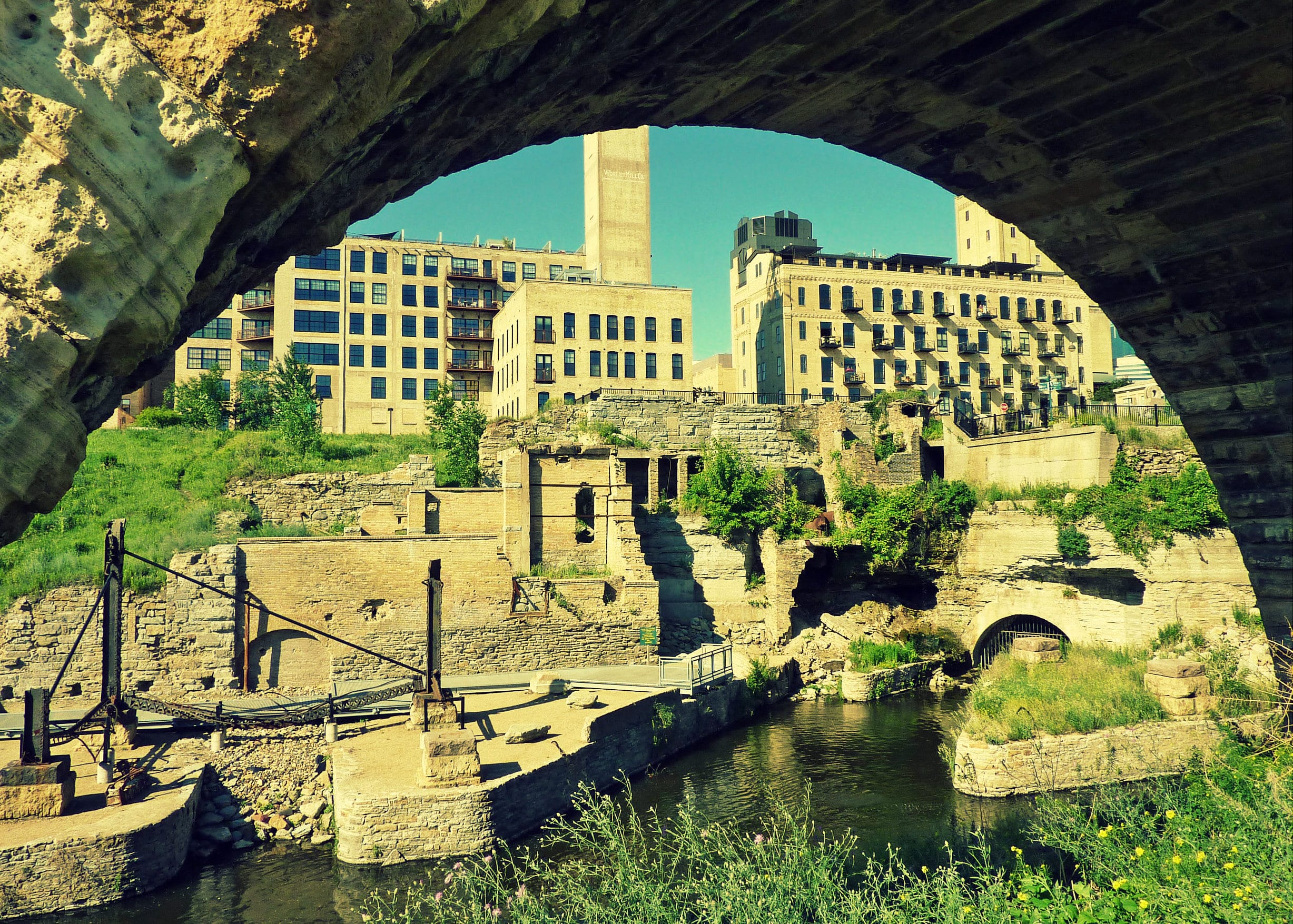
Done right, a city park can be an open-air museum: a place to experience a city's history. Mill Ruins Park in Minneapolis is a monument to the factories that once made it the flour capital of the world. Today, it's an intriguing labyrinth of metal catwalks and crumbling brick, dotted with interpretive placards so visitors can learn along the way.
4. Clever collaborations
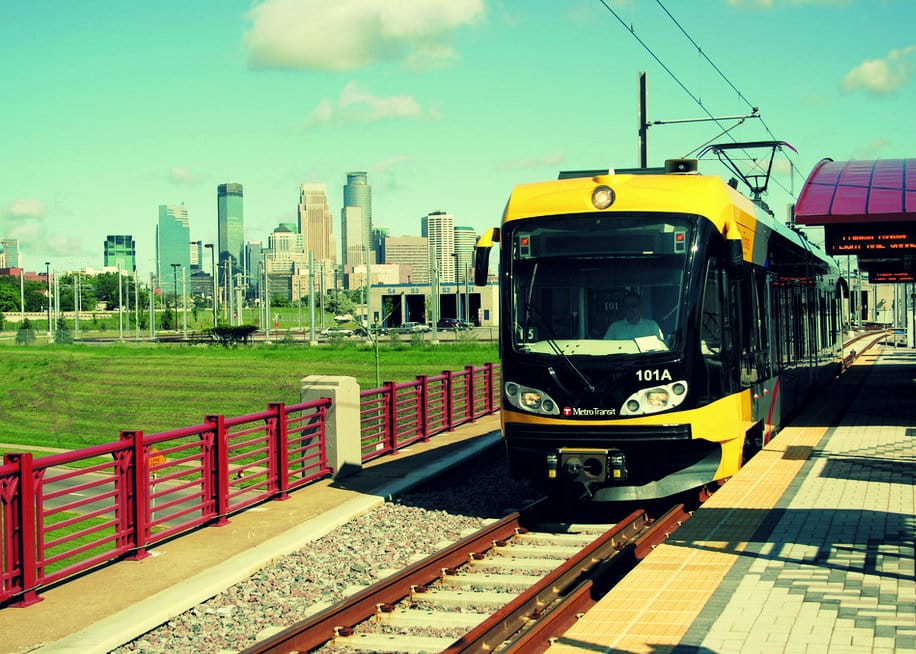
Great park systems might start in City Hall, but they thrive when community groups, transit agencies, and businesses get in on the action, too. In Greening the Green Line, Minneapolis and St. Paul are exploring new ways to integrate "POPS"—privately owned public spaces—into communities along an 11-mile light-rail corridor that will connect the two cities.
5. Fun in all weathers
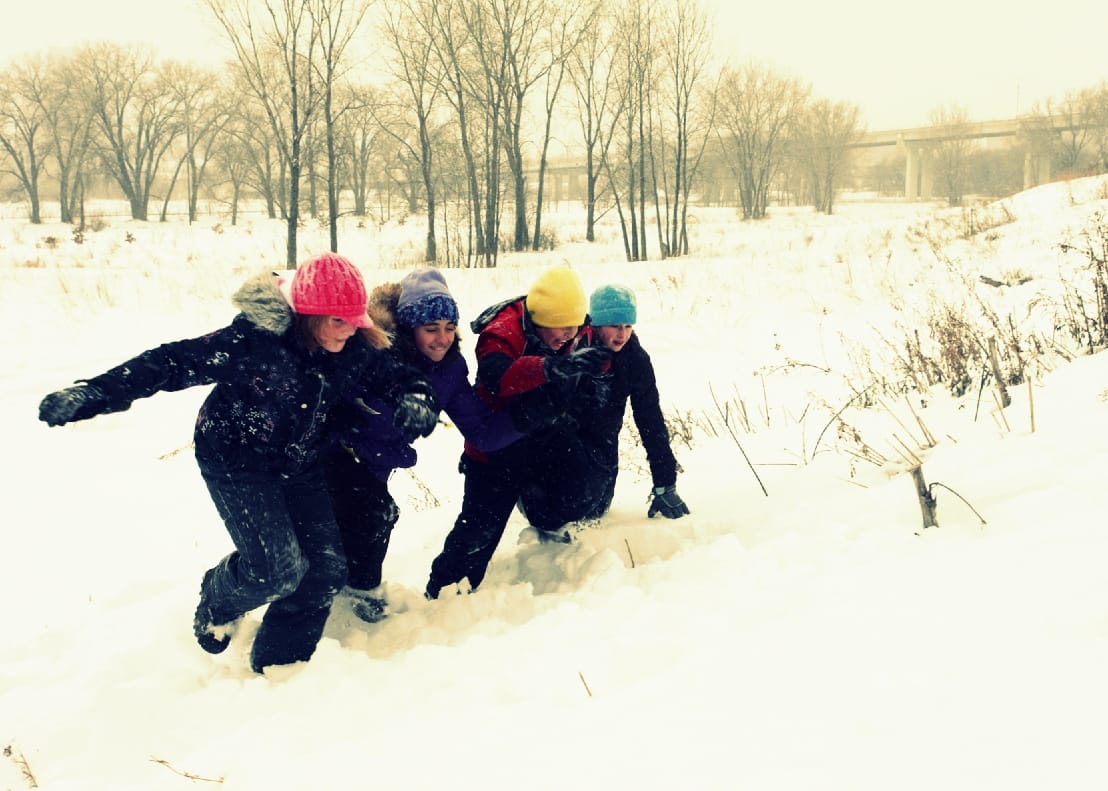
True, this part of the country is known for brutal winters—but the locals are just as tough. Those willing to brave the elements benefit from park systems with something for every season. Transformed with help from The Trust for Public Land, Bruce Vento Nature Sanctuary in St. Paul is a onetime industrial site that's now the perfect place to spend a snow day.
So, that's how they do parks in St. Paul and Minneapolis. What about your city? Leave us a comment (or join us on Facebook) and tell us what you like best about your local parks—and what you hope might change by the time the 2016 rankings come around! You can explore the full ParkScore index, including interactive maps, at parkscore.tpl.org.
One-third of Americans, including 28 million children, lack safe, easy access to a park within a 10-minute walk of home. Urge your senators to allocate funding to create parks and enhance outdoor recreational opportunities by championing the Outdoors for All Act today!


Donate to become a member, and you’ll receive a subscription to Land&People magazine, our biannual publication featuring exclusive, inspiring stories about our work connecting everyone to the outdoors.
See how our supporters are helping us connect people to the outdoors across the country.





